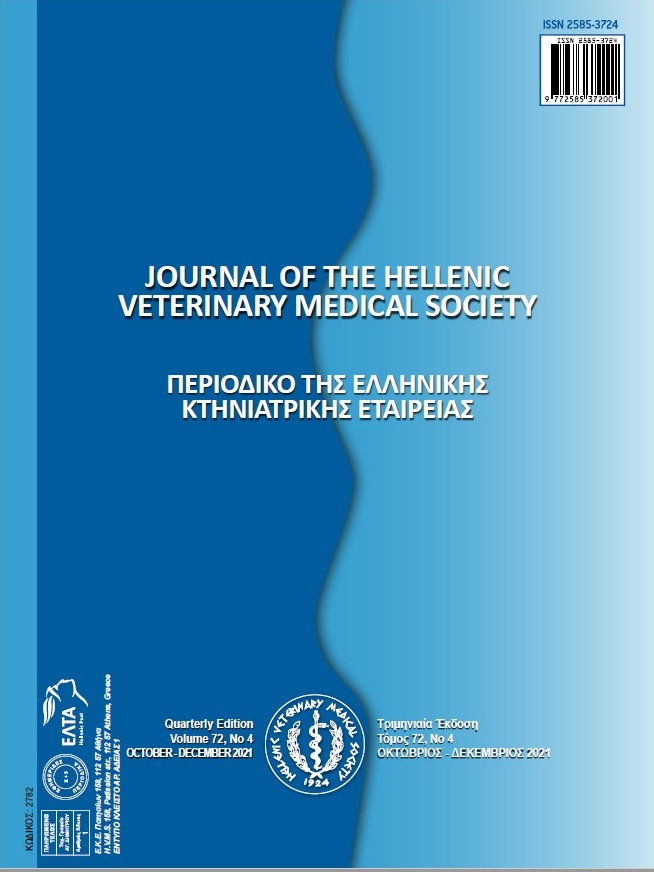Effect of dietary threonine level on performance, egg quality and serum components in laying quails

Abstract
The current research was conducted to determine the effect of dietary threonine level on performance, egg quality, and serum components in laying quails. In the study, 120 female quails at 20 weeks of age were randomly allocated to six treatment groups with five replicates. Experimental diets were prepared to contain threonine at 0.750% (without addition, control), 0.825%, 0.900%, 0.975%, 1.050%, or 1.15% levels. The performance parameters did not affected by the threonine level of the diet, except for egg production (P>0.05). Egg production quadratically increased with the threonine level of the diet and it was maximum at 0.900% (P<0.01). Dietary threonine level quadratically affected eggshell thickness (P<0.05), but it did not affect other egg quality parameters in quails (P>0.05). Eggshell thickness improved up to 0.900% level, but decreased at higher threonine levels. The serum phosphorus concentration of laying quails was linearly affected by the threonine level and increased up to 0.900%, while it decreased at higher dietary threonine levels (P<0.01). According to the results obtained from the present study, it was determined that the threonine content of 0.900% in the laying quail diets was sufficient for optimum egg production, eggshell thickness, and phosphorus utilization.
Article Details
- How to Cite
-
Gül, E., Olgun, O., Yıldız, A., & Çolak, A. (2024). Effect of dietary threonine level on performance, egg quality and serum components in laying quails. Journal of the Hellenic Veterinary Medical Society, 75(1), 6765–6770. https://doi.org/10.12681/jhvms.30860
- Issue
- Vol. 75 No. 1 (2024)
- Section
- Research Articles

This work is licensed under a Creative Commons Attribution-NonCommercial 4.0 International License.
Authors who publish with this journal agree to the following terms:
· Authors retain copyright and grant the journal right of first publication with the work simultaneously licensed under a Creative Commons Attribution Non-Commercial License that allows others to share the work with an acknowledgement of the work's authorship and initial publication in this journal.
· Authors are able to enter into separate, additional contractual arrangements for the non-exclusive distribution of the journal's published version of the work (e.g. post it to an institutional repository or publish it in a book), with an acknowledgement of its initial publication in this journal.
· Authors are permitted and encouraged to post their work online (preferably in institutional repositories or on their website) prior to and during the submission process, as it can lead to productive exchanges, as well as earlier and greater citation of published work.






